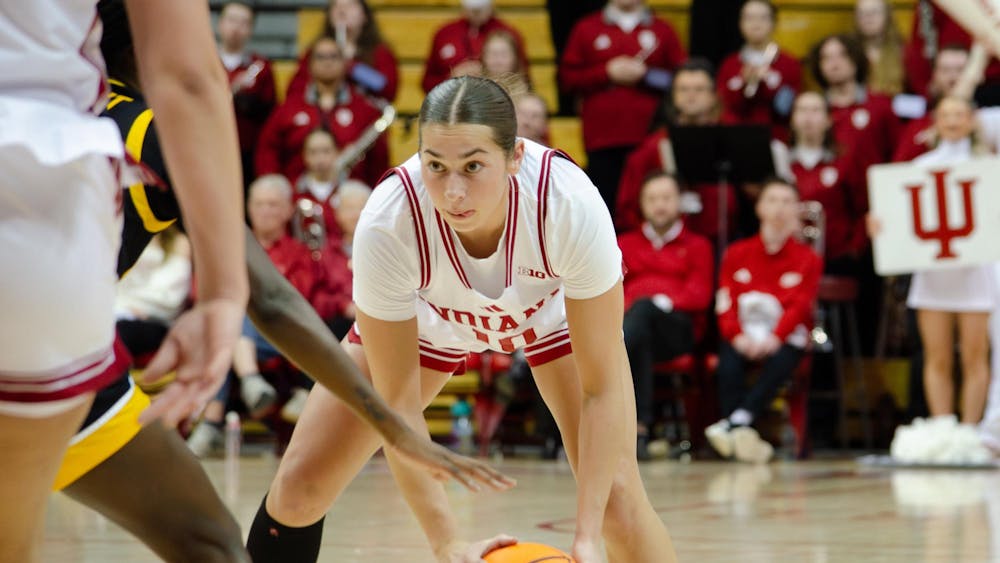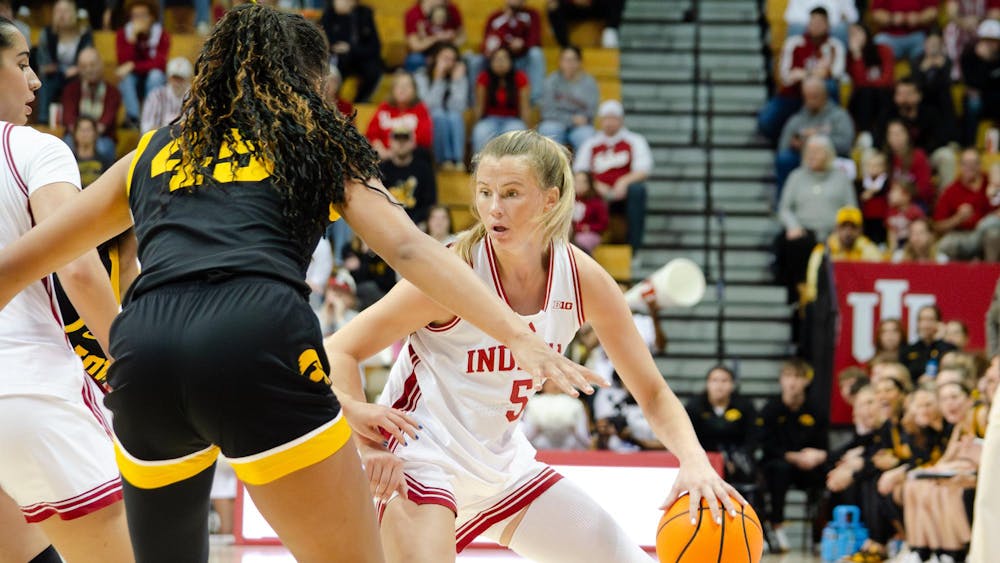INDIANAPOLIS – Statehouse rallies are a common occurrence during legislative sessions, often drawing large crowds cheering or jeering contentious proposals before the General Assembly.\nCause leaders fire up supporters with passionate and sometimes fist-pounding speeches. Folks wave handmade signs with catchy slogans. Shouts ring throughout the wide-open spaces of the people’s house.\nSuch spectacles often make big splashes in the media, sometimes landing on front pages of newspapers and leading television and radio news broadcasts.\nBut do the rallies and the media coverage they generate make a big splash with lawmakers who make final decisions on the causes at hand? Do they sway legislators’ minds on weighty issues? Do they deliver powerful, political punches?\nThe answer, it seems, is rarely.\n“One can probably count the fingers on one hand the kind of meaningful Statehouse rallies in the past quarter century,” said Robert Dion, a professor of American politics at the University of Evansville. “They come and go. It’s here for a minute and then it’s gone.”\nState employees have held rallies opposing Gov. Mitch Daniels’ moves to privatize parts of state government, including a plan to outsource the application process for some welfare benefits. But that plan went forward, and there is no indication that Daniels’ zeal for outsourcing opportunities has waned.\nTeachers held two huge rallies in 2005, in part to protest budget plans by Republicans that would result in dozens of school districts getting less money than before. The groups railed at Daniels for proposing that school funding be frozen at current levels to help balance the budget.\nThe budget drafted by the GOP-controlled Legislature that year – and signed by Daniels – slightly increased overall funding for schools, but dozens of districts still got cuts. And Daniels was unfazed by the rallies.\nHe said after one that those who attended were “entitled to state their point and make a lot of noise.” But he also said, “I thought it was rather sad that folks came and demanded more, more, more of the same, same, same.”\nSometimes rallies don’t produce the kind of media coverage organizers envisioned.\nWhen the late Democrat Frank O’Bannon was governor in 1999, he held a large rally in the Statehouse rotunda to tout his proposal for statewide, full-day kindergarten.\nRepublicans who ruled the Senate wanted to take the money O’Bannon was seeking for kindergarten and give schools options on how to spend it. Under their so-called “cafeteria plan,” schools could pay for kindergarten, remediation, reading initiatives or other programs.\nO’Bannon didn’t like that approach, so his rally was strictly for full-day kindergarten. The media showed, but Senate Republicans stole most of the coverage by showing up in the atrium next to the rotunda in chefs’ aprons and hats, manning food trays with labels such as remediation, reading, kindergarten and teacher training.\nIt was a clever approach to promote their cafeteria plan. In the end, however, neither proposal passed.\nFormer longtime Senate Finance Chairman Larry Borst, a Republican, and current House Speaker Patrick Bauer, a Democrat, each said that most rallies by themselves rarely have a meaningful effect on the fate of legislation. But there are exceptions.\nBoth recalled 1995, when Republicans who controlled both chambers moved to eliminate the state’s decades-old prevailing wage law. It essentially resulted in wages for public construction projects being set at union levels.\nThe move outraged labor unions, who first staged a rally that drew about 5,000 workers. Later in the session, about 20,000 came – handing out voter registration forms and packing at least two blocks of space between the government center buildings by the Statehouse.\nBorst and Bauer said the bigger rally not only resulted in the wage legislation being watered down, it also galvanized labor support for Democrats for several years.\n“That had a lasting effect,” Borst said. “Republicans were in charge of the House, and two years later they were not in charge of the House.”\nDion said that rally “sticks in the mind as being one that shook the roof off the place and got some results.”\nBut, he said, it was an \nexception.\n“That is catching lightning in a bottle,” Dion said.
Statehouse rallies result in varying impacts
Legislators say protests don’t often affect decisions
Get stories like this in your inbox
Subscribe





